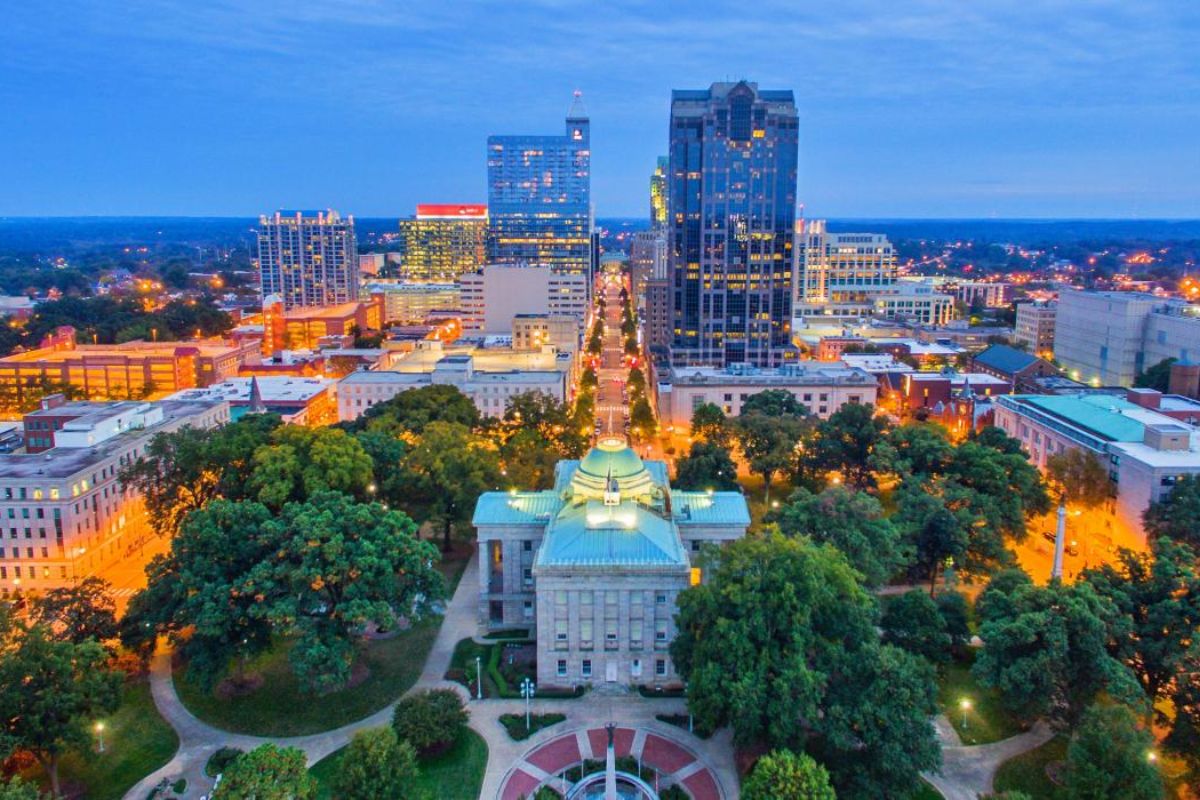California is renowned for its spectacular coastline, hiking trails,wine country and vibrant cities like Los Angeles and San Francisco. However, it also has a reputation for being one of the most expensive places to live in the United States.
Many people wonder why exactly the cost of living is so high in California. In this article, we will explore some of the key reasons why the cost of living is so high in California.
Housing Supply and Demand Imbalance
One of the primary reasons for California's high prices is an imbalance between housing supply and demand. California is a desirable place to live due to its beautiful climate and opportunities for work and play. However, its total land area that is suitable for development is quite limited compared to other large states like Texas.
This scarcity of usable land drives real estate prices up. Additionally, California has extensive environmental regulations that restrict new housing construction and add costs. With more people wanting to live in California than there is available housing, prices are bid up higher.
The median home price in California is over $750,000 compared to just $416,100 nationally. Rents are also very high, with a California median of $2,918 per month versus the national median of only $2,029.
Strong Economy and High Income Levels
California has a massive, thriving economy as the home to many large, innovative companies in industries like technology, entertainment and finance. The state GDP of over $3 trillion is higher than most countries. This strong economic output translates to higher incomes for California residents. The median California household income is over $109,000 per year compared to only around $57,000 nationally.
With more disposable income at their disposal, Californians can afford and are often willing to pay higher prices for goods and services. Meanwhile, the high wages demanded by skilled workers feed into businesses' overall costs.
Hefty Taxes
To help fund California's extensive social programs and infrastructure, residents pay some of the highest income and sales taxes in the nation. The state income tax rate tops out at 13.3% for earnings over $1 million. Sales tax averages 7.25% statewide before additional city and county taxes are applied. Property taxes in California are more moderate at around 0.7% due to limits set by Proposition 13.
Still, the collective tax burden weighs on taxpayers and contributes to the elevated cost of living. Taxes also impact businesses, which may pass some of these higher operating expenses onto consumers in the form of increased prices.
Related: Top 14 Cheap Places To Live In California
Expensive Healthcare and Childcare

Health insurance premiums and healthcare services are disproportionately expensive compared to national averages. For example, an individual health plan in California costs $560 per month on average versus $328 monthly nationwide. Childcare is also a budget buster in California, where infant care costs about $16,945 annually versus the $14,760 national average. With premiums for necessities like health coverage and education so high, overall living expenses are elevated.
Utility and Transportation Costs
Power, water, wireless and fuel prices all impose a premium in California that exceeds cost norms seen in most other states. Per month, Californians pay more than $380 on average for their combined utility bills compared to $366 nationally. They also pay over $4 per gallon on average at the pump for gasoline versus the $3.54 average nationwide. High prices at the pump and on essential services add up quickly.
Tourism and Entertainment Industries Drive Prices
California's status as America's top destination for travellers and at the heart of creative industries raises prices of various goods and real estate. Millions of domestic and international visitors flock annually to experience California's natural sights and cultural offerings.
The tourism industry creates demand pressures that support higher prices throughout the economy. Coupled with high wages needed to attract talent to centers like Hollywood and Silicon Valley, the lure and cost of entertainment plays a role in cost of living increases.
A Desirable Climate and Environment
While it brings economic gains, California's Mediterranean climate and breathtaking scenery also have affordability consequences. The state's stable weather and natural appeal help drive ongoing population growth that strains infrastructure systems and housing inventory. The endless flow of newcomers fuels intensified demand for property and services in an already supply-constrained market.
With rising climate change pressures expected, California' environment further elevates costs to fund mitigation and resilience projects.
Conclusion
As this in-depth examination reveals, California's high cost of living stems from interconnected economic, political, industrial and environmental influences. Limited housing supply chokes affordability in the face of strong population pressure.
Taxes to support a wealthy, innovation-driven economy and maintain sustainability efforts also figure prominently. Alongside healthcare and utility price hikes, California's tourism power and lifestyle amenities multiply costs throughout diverse sectors.
Overall, the state's natural beauty and opportunities come at the price of a severely inflated cost of living scenario for residents. While challenging finances remain a tradeoff, the Golden State's appeal continues unabated.





